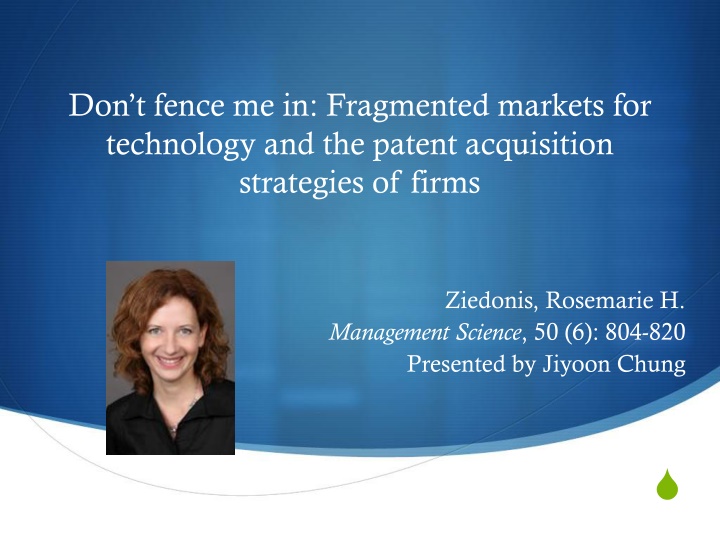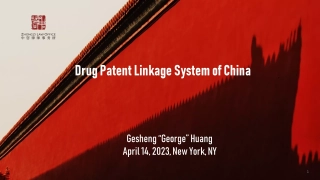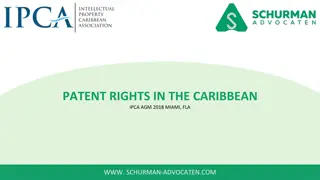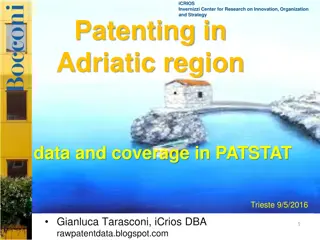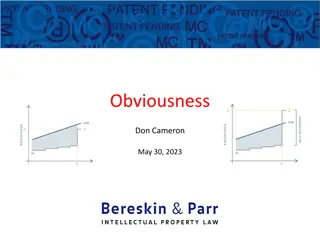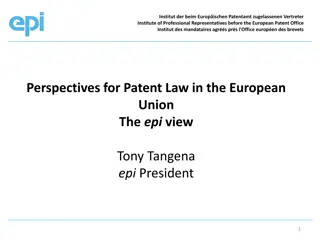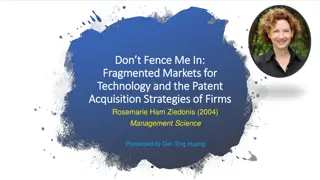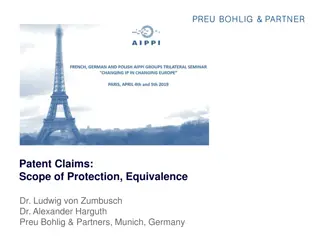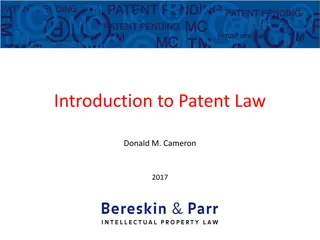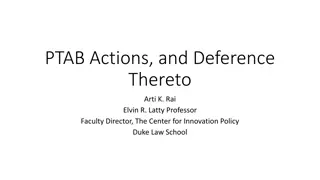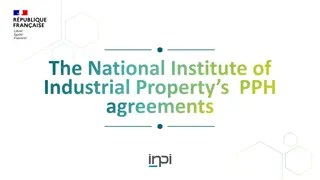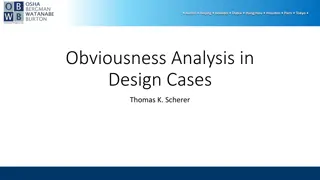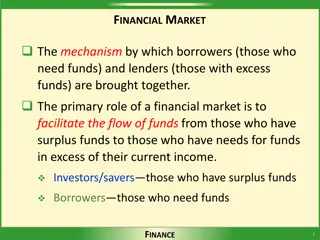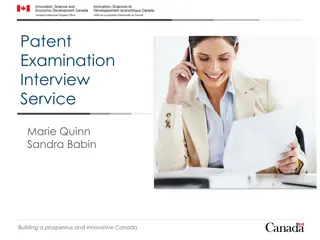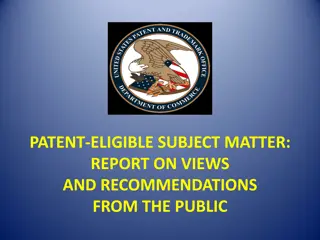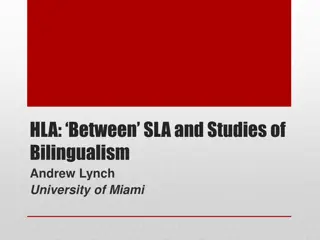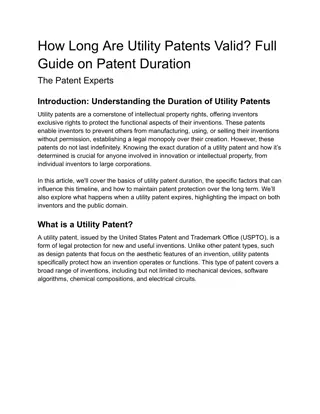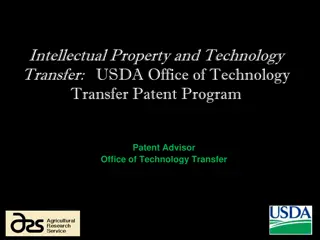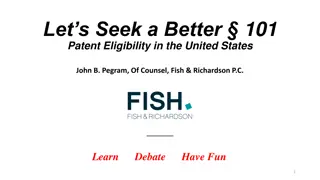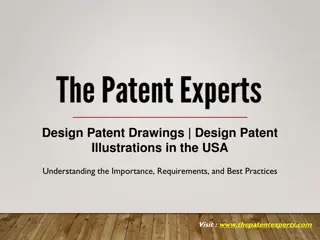Fragmented Markets for Technology and Patent Acquisition Strategies
This paper delves into the implications of fragmented technology markets on firms' patent acquisition strategies, exploring how firms use aggressive patent strategies to navigate complex industries and prevent being fenced in by technology owners. It discusses the role of patents in negotiations, deterring infringement lawsuits, and the impact of the U.S. legal environment on patent incentives.
Download Presentation

Please find below an Image/Link to download the presentation.
The content on the website is provided AS IS for your information and personal use only. It may not be sold, licensed, or shared on other websites without obtaining consent from the author.If you encounter any issues during the download, it is possible that the publisher has removed the file from their server.
You are allowed to download the files provided on this website for personal or commercial use, subject to the condition that they are used lawfully. All files are the property of their respective owners.
The content on the website is provided AS IS for your information and personal use only. It may not be sold, licensed, or shared on other websites without obtaining consent from the author.
E N D
Presentation Transcript
Dont fence me in: Fragmented markets for technology and the patent acquisition strategies of firms Ziedonis, Rosemarie H. Management Science, 50 (6): 804-820 Presented by Jiyoon Chung
Overview Introduction Theory development and hypotheses Hold-up in markets for technology Implications for patent acquisition strategies Constructing a citations-based measure of fragmented markets for technology Methodology Sample selection and data Model specification and variables Results Conclusions Discussion
Introduction This paper examines the conditions under which an aggressive patent strategy is an alternative mechanism that firms use to avoid being fenced in by owners of technologies used in the design and manufacture of their products. Transaction cost theory, studies of intellectual property (IP), and its exchange Primary reasons firms patent in complex industries: Patent blocking To use in negotiations with owners of outside patents and technologies To deter patent infringement lawsuits
Theory development and hypotheses Two dimensions of a firm s contracting problem 1) Hold-up in markets for technology 2) The additional problems posed by multiple, fragmentary patent owners Hold-up in markets for technology a) Internalize transactions b) Underinvest in areas where risks of expropriation are high Important insight from anti-commons theory: a firm s bargaining challenge is affected by the level of dispersion among rights holders
Theory development and hypotheses Implications for patent acquisition strategies To acquire the owners of patents To amass larger patent portfolios as a way of improving ex post bargaining position Hypothesis 1: The more fragmented the external technology markets, the more aggressively firms will patent (beyond what is otherwise predicted). Hypothesis 2: The effect of fragmented external rights on incentives to patent will be more pronounced among capital-intensive firms (all else equal). Hypothesis 3A: The effect of fragmented external rights on incentives to patent will be stronger following the pro-patent shift in the U.S. legal environment (all else equal). Hypothesis 3B: The interaction effect between fragmented rights and capital-intensity will be greater in magnitude following the pro-patent shift in the U.S. legal environment (all else equal).
Constructing a citations-based measure of fragmented markets for technology
Methodology The estimation sample is based on observations during the 1980-1994 period, generating 667 observations on 67 firms Model specification: Control variables: the size of the firm, R&D spending, capital- intensity, a dummy variable for Texas Instrument (TI), annual time dummies, fragmentation index, and interaction term
Results Hypothesis 1 and 2 are corroborated
Results Hypothesis 3A and 3B are corroborated
Research limitations Focuses on one mechanism (patenting) in isolation from others Are the research findings generalizable to other technological or industrial settings?
Conclusions This paper examines how the allocation of property rights among inventive actors shape the patent acquisition strategies of firms Findings: Firms acquire patents more aggressively than otherwise predicted when markets for technological inputs are highly fragmented This effect is more pronounced among firms with large investments in technology-specific assets and under a legal regime of strengthened exclusionary rights for patent owners Capital-intensive firms do not patent more intensively unless they build on fragmented pools of outside technologies
